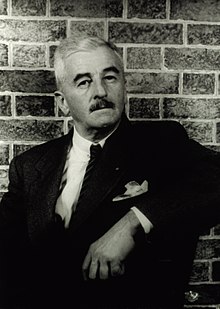Our Blog
Blog
Story Structure
The Secret Sauce That Directors Overlook
October 27, 2020
A directing team recently asked my advice on how to update their story with Covid-related plot points. Davis Huber and Tyler Schiffman are directing “Project Home: 3D Printing the Future,” a documentary about the world’s first 3-D printed housing community. Covid stalled their filming. So their plan was to record Zoom sessions with two groups of characters: reps from a social service agency in the US, and poor families in Mexico who sorely need housing. I quickly realized that their shot list—in fact their entire film–did not include protagonists from each of the two groups talking to one another. Their…
Read More...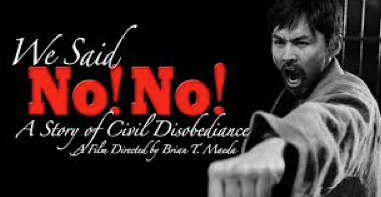
Netflix Premiere + Character Transformation
October 7, 2020
First up: big congrats to my clients Josh and Rebecca Tickell for the Netflix premiere of Kiss the Ground! This dynamic duo embody our values here at New Doc Editing: inspiring, creative engagement with difficult problems. It’s an environmental documentary “that will have you on the edge of your seat,” says actor Nikki Reed. “The beauty is in the solution-based approach.” We also recently developed a script for a very different kind of environmental documentary—one that featured a self-absorbed tiger cub who was about to undergo a big character change. Part non-fiction and part scripted-animation, this hybrid children’s short allowed…
Read More...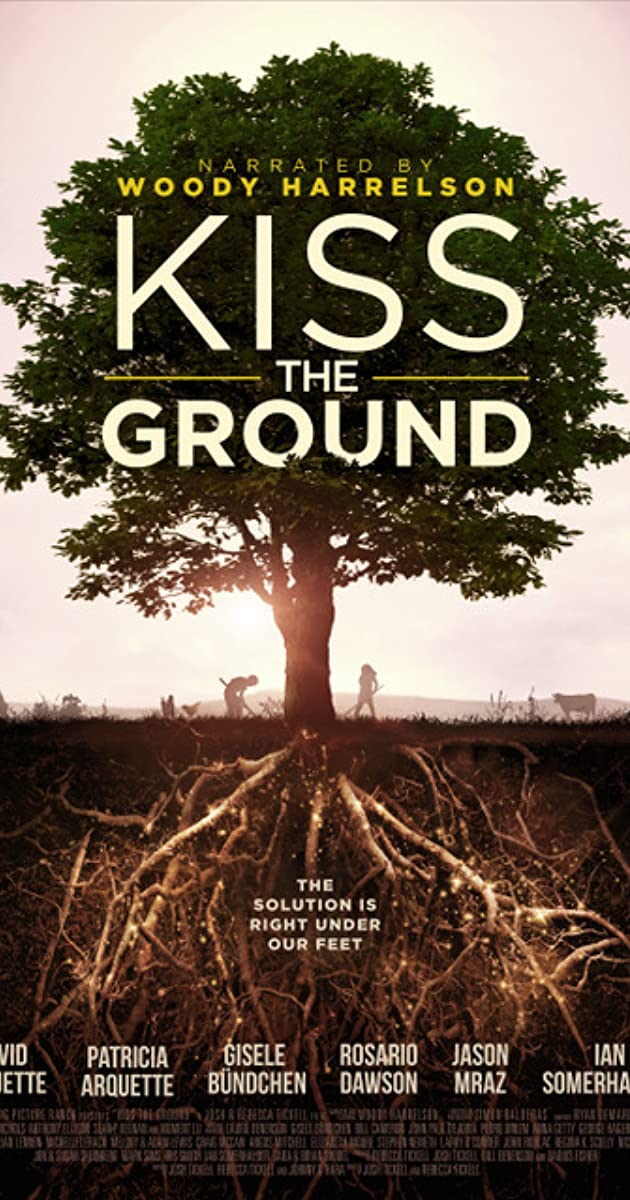
How Soon Should the Inciting Incident Come?
September 23, 2020
I just finished an interesting story consultation with a teachable moment. In the promising documentary Lions, Bones & Bullets, the inciting incident had been positioned five minutes into the film, when the protagonist gets a tip-off about a shady government action. This catalyst event leads wildlife author Richard Peirce on an investigation to find out why lions are farmed in South Africa. It’s a terrific inciting incident, but five minutes into the feature didn’t seem like the right spot. Not everyone knows Peirce, a TV presenter best recognized in the UK for his work saving sharks. So, I wondered, how…
Read More...
Simple Technique for Structuring Scenes
May 4, 2020
Here’s a simple but powerful editing technique: edit scenes by starting at one emotional polarity and traversing to its opposite. The result? Dramatic punch. I first learned this technique from screenwriting guru Robert McKee, author of Story. For example, the scene could begin with the protagonist stuttering nervously and end with them melting into a hug. Why does moving from one emotional polarity to its opposite create dramatic tension? Think of a skater creating forward motion by pushing off in one direction and then the other. You can also create polarity by butting two different-feeling scenes against one other. The…
Read More...
The Documentary Life Podcast
December 3, 2019
I was recently interviewed by Chris Parker for the industry-changing podcast The Documentary Life. Check it out here. The interview begins at 24 minutes and covers: Why the three-act story structure can work for your documentary film (and how it gets a bad rap).The importance of discovering your protagonist and their need.Tips for accelerating the post-production schedule for your documentary.Why you should seriously consider a story consultant in both pre and post production. Enjoy!
Read More...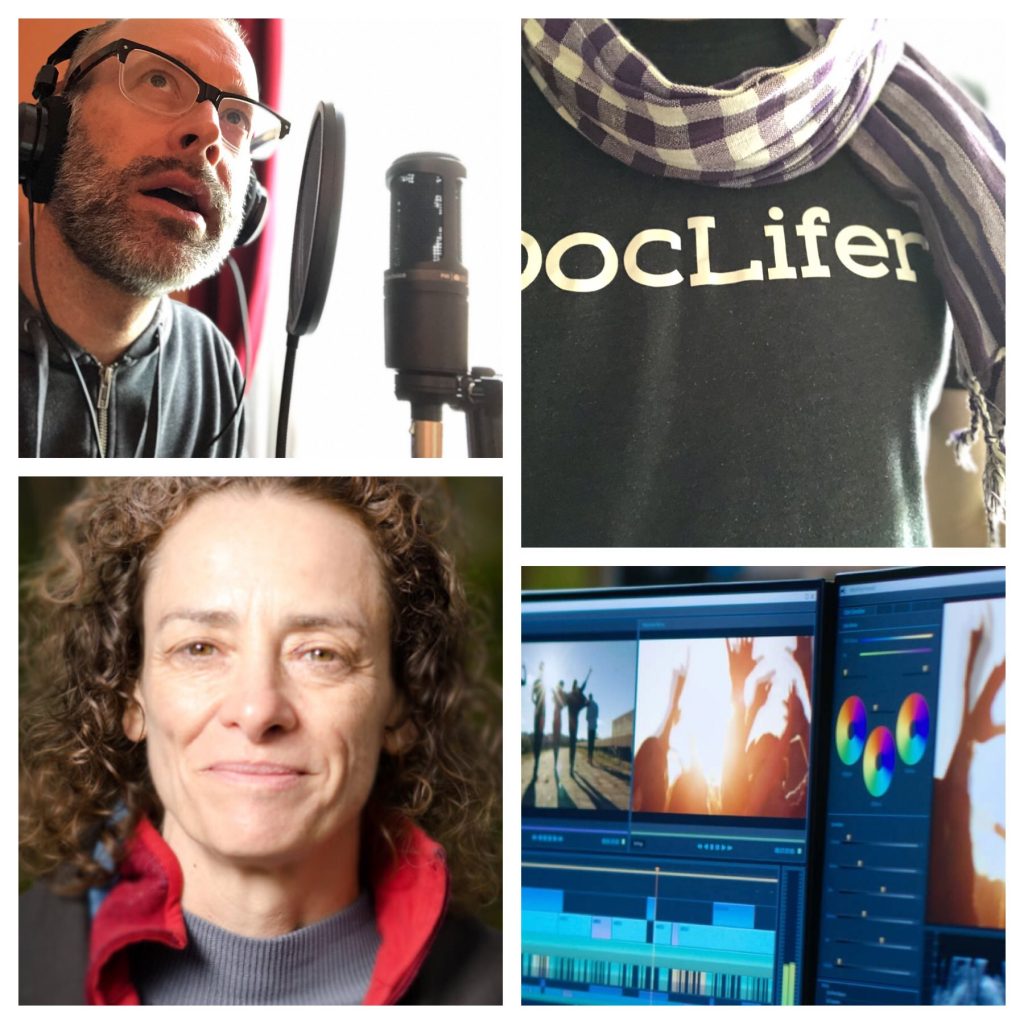
Story Consulting During POST-Production
November 24, 2019
During post-production, my job as a story consultant often involves fixing a film’s ending. If the film lacks a climax scene, that’s a big problem. What can be done? The director could continue shooting (read one strategic success story here). Or, you could create a climax. As documentary and narrative filmmaking continue to borrow from one another, staging the likelihood of a climax scene is more acceptable than ever. For example, you can arrange an encounter between two antagonists. In Revenge of the Electric Car, two competing electric car CEO’s meet-up at an auto show. I was so intrigued by…
Read More...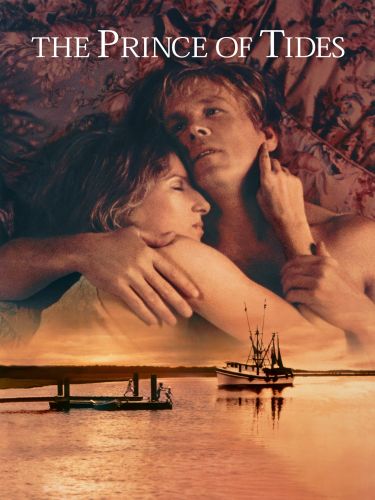
Story Consulting During Production
November 12, 2019
We’re editing a documentary that until a few days ago lacked a third act. I was getting a little nervous. But the director, who is also an experienced, get-it-done-kinda producer, tracked down the film’s apparent antagonist, who had been reluctant to appear on camera. With a little coaching on how to keep the scene from becoming an insensitive ambush, he came back with a compelling apex for his film. Not every director can get down to business on the turn of a dime! My point? Save your editorial team anxiety and get the third act in the can. A story…
Read More...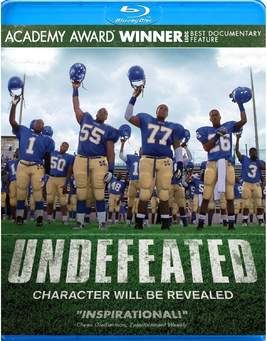
Story Consulting During Pre-Production
November 6, 2019
Why would a filmmaker collaborate with a story consultant in pre-production? Here are four compelling reasons. CONTAIN THE TERRAIN. Not too long ago, I critiqued a director’s rough cut which made a sprawling case for global warming–years after Davis Guggenheim and Al Gore did. While An Inconvenient Truth made an timely “one-off” in its day (2006), such a film fifteen years later might seem dated–unless it was conceived as a series that took on the many battlefronts of climate change. (See True North or Years of Living Dangerously.) So, to extend the military metaphor, it’s better to chronicle a single…
Read More...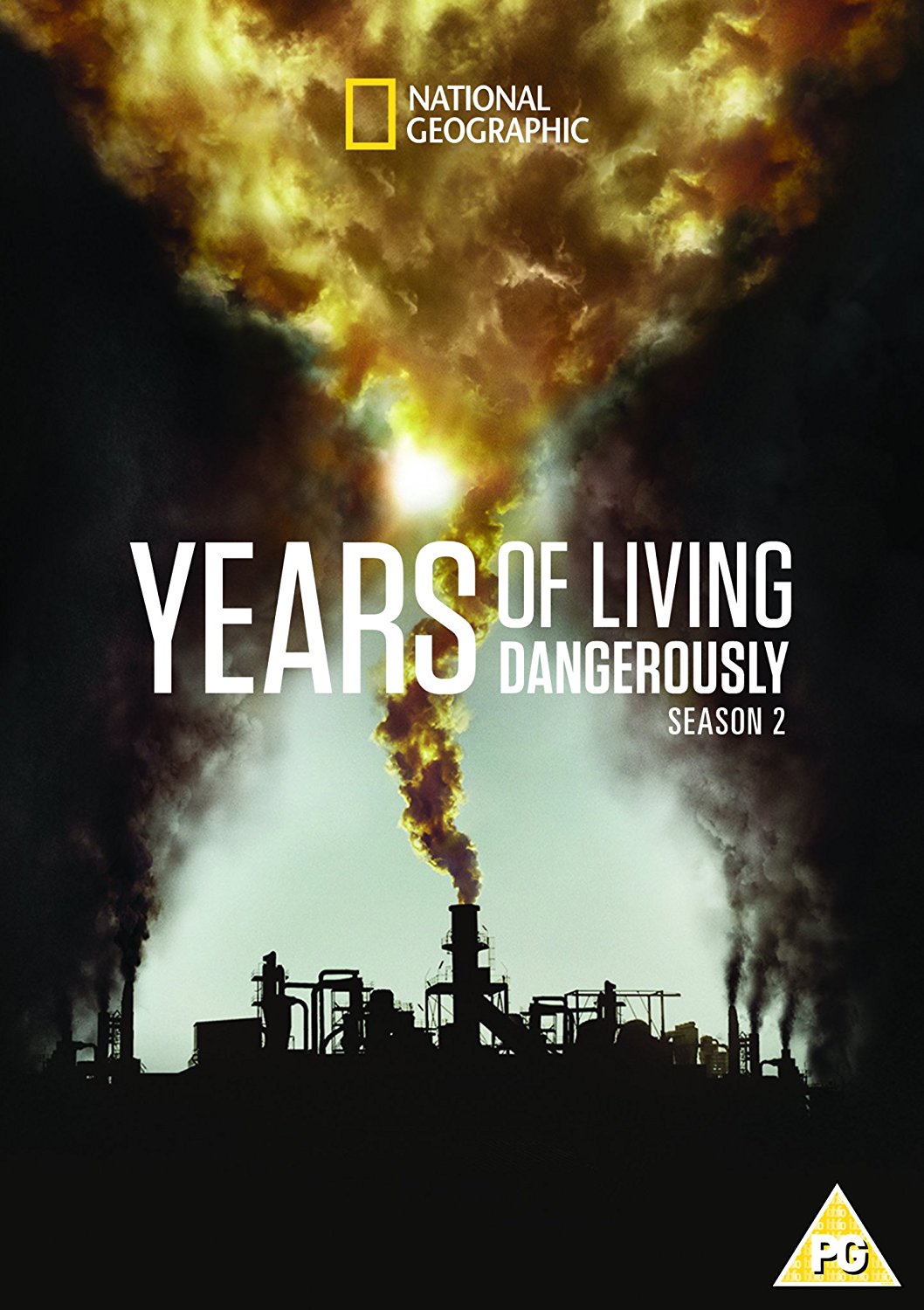
Co-Narration in Biggest Little Farm
October 29, 2019
Recently my family gathered to watch Biggest Little Farm, a festival-favorite that attracted my garden-loving household. Whether or not you give a lick about bio-diversity, I encourage cinematic storytellers to study the documentary for several reasons. First, check out the unusual co-narration. Written by Mark Monroe (Chasing Ice and Fantastic Fungi), the narration is delivered by two protagonists: director John Chester and his wife Molly. The decision to share the role of narrator kept Act One (where exposition is usually the heaviest in documentaries) clipping along. It also set the stage for an unrealized relationship drama between the couple. Instead,…
Read More...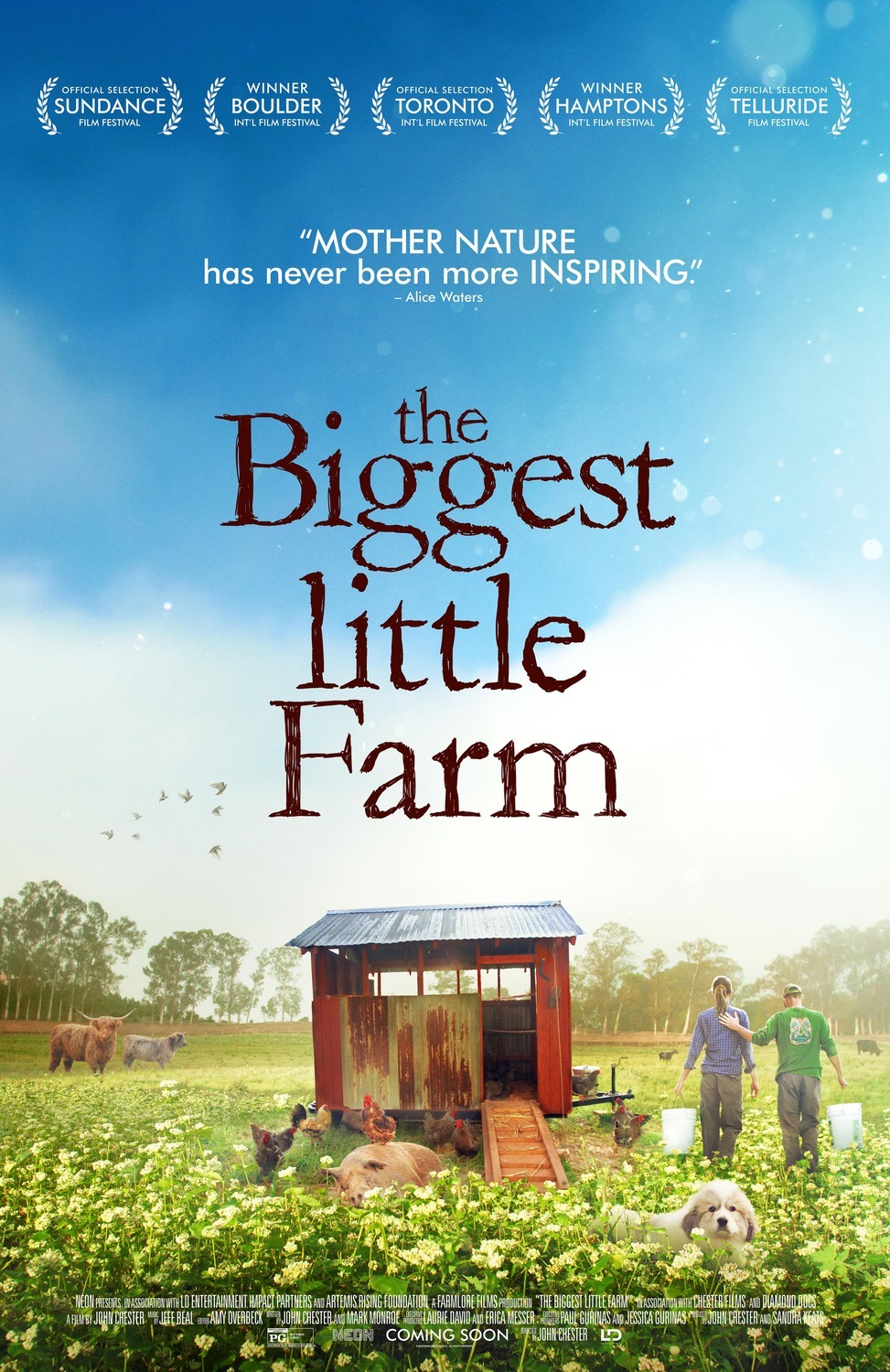
Have We Killed Too Many Darlings?
July 23, 2019
William Faulkner famously said, “In writing, you must kill all your darlings.” The same is true for doc editing. So here are 5 criteria to slash your fat rough cut without draining the life blood out of your film. First up on our checklist, cut repetition! Generally this means cutting something that’s already been said, whether its exposition (information) or a story beat (plot point). If two people make the same point, trash one of those lovely soundbites. (Repetition also applies to characters. If two characters are playing the same role, cut one. You can always add them back in…
Read More...